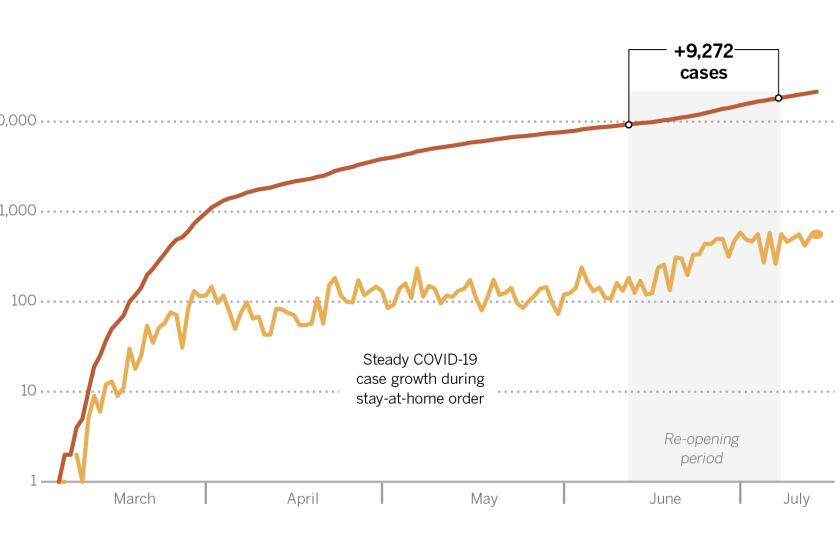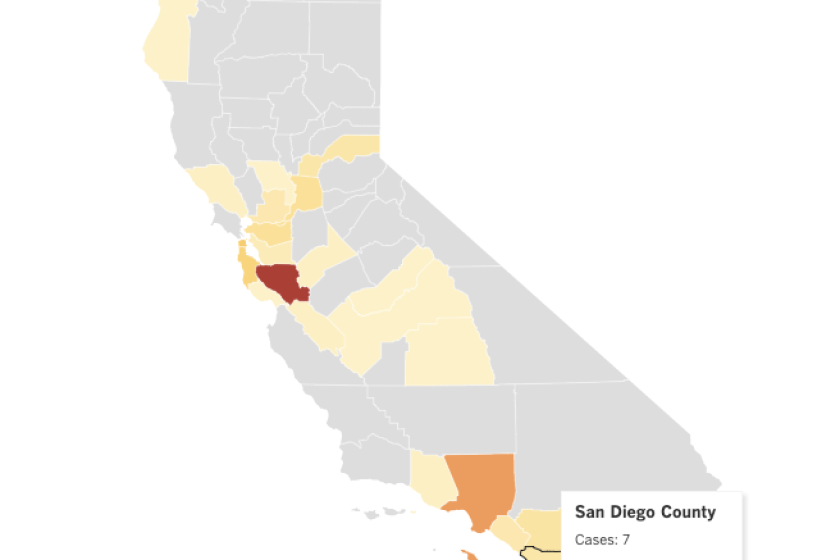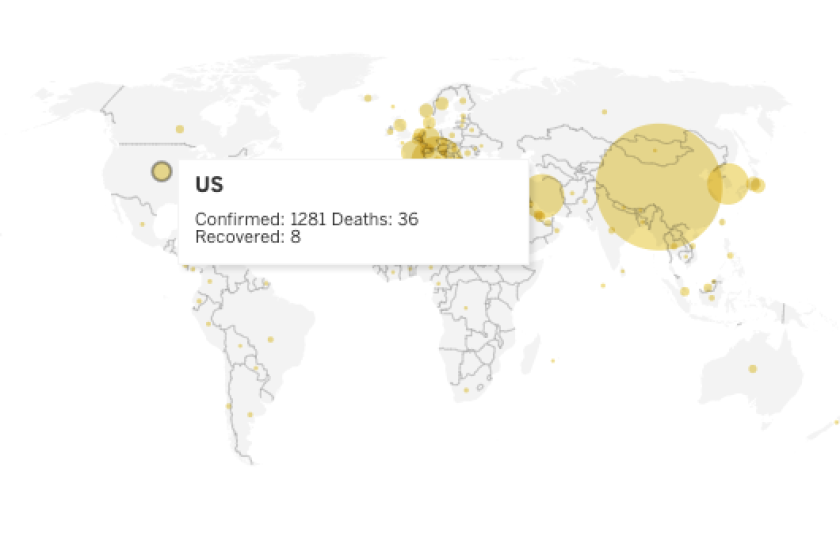Focus: California drought reducing beach bacteria
Reduced runoff has meant fewer health advisories, data show
California’s record-setting drought might be making area waters less prone to bacteria, according to government data.
The Environmental Protection Agency monitors the nation’s beaches for various indicators that indicate contamination. In 2015, there were 762 beach advisories for San Diego County’s 46 beaches. The majority were because of rainfall pushing runoff into the ocean, but about one-fifth of closures were made because of bacteria.
That trend is on the downswing from a peak in 2013, according to an EPA database. In that year, there were nearly double the number of bacteria related advisories, a spike that lessened as the California drought got underway.
A beach advisory is analogous to a weather warning. The water may be unsafe, but swimming and water activities aren't prohibited. Only when certain conditions are met will a beach close.
The County Department of Environmental Health also surveys water quality, often weekly. To check the current status of various beaches, visit the agency's website.
The type and frequency of the advisories can vary beach by beach. Explore the map below to see how many advisories there were last year up and down San Diego County.
Beaches have a series of testing locations that send reports to the EPA. The larger the beach, the more EPA testing locations it has.
It is common for most advisories to last somewhere between three days to a week. When the water is dangerous to health, the advisories tend to last much longer.
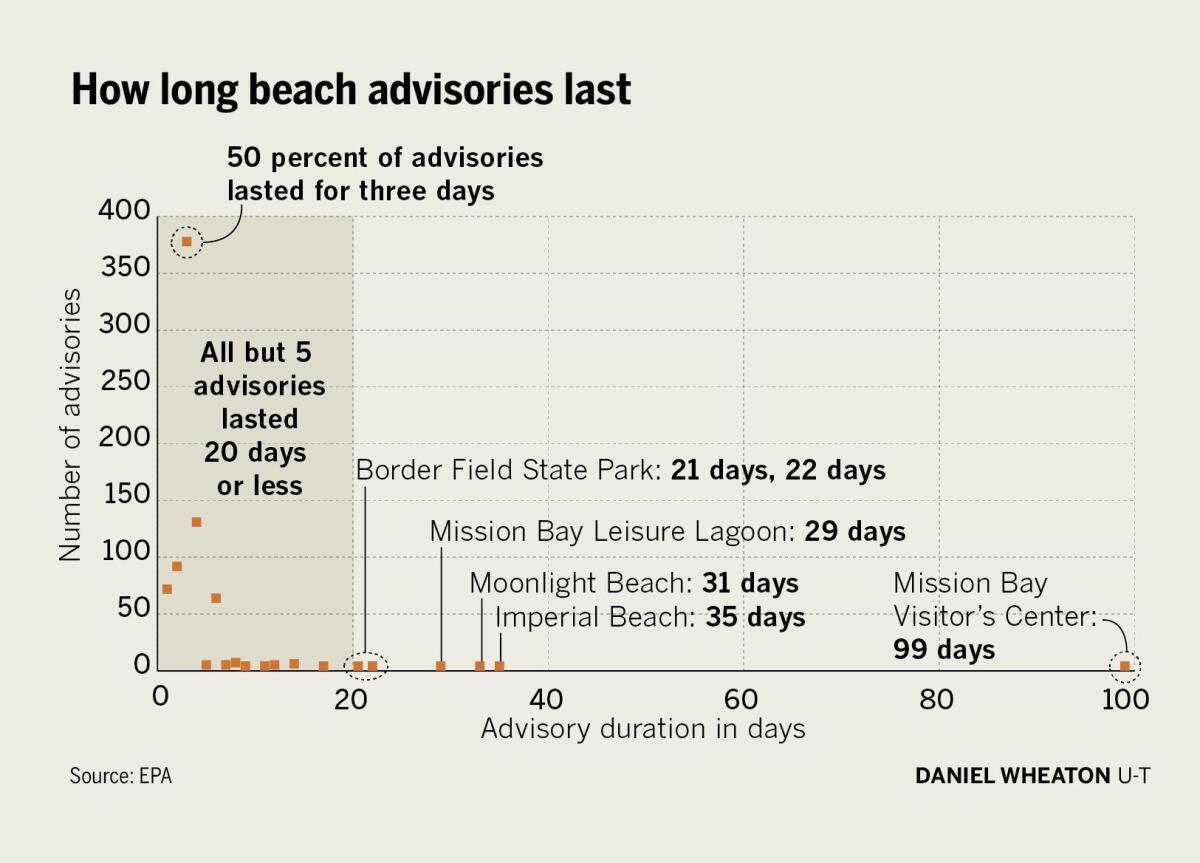
View the Video Beach closures in San Diego
Rainfall advisories are the most common. According to the nonprofit group Heal The Bay, advisories typically occur after there is at least one-tenth of an inch of rainfall, and last for three days.
“Storm drain runoff is the greatest source of pollution to local beaches, flowing untreated to the coast and often contaminated with motor oil, animal waste, pesticides, yard waste and trash," their website says.
Ocean Beach shows that in real time: Even though there were some days when it rained, such as June 30 to July 1, 2015, there wasn’t a beach advisory because it didn't rain enough. It is also possible for there to not be rain at the coast, but rain inland that could create an advisory.
The county advises people to avoid beaches for three days following rainfall, regardless of advisories.

The EPA notes that the rainfall advisories also tend to create higher levels of entero bacteria, which are an indicator of more fecal matter in the water.
Swimming in contaminated water can cause infections and illness. Symptoms include vomiting, fatigue and severe diarrhea.
Meredith Meyers, water quality lab coordinator for San Diego Coastkeeper, said that beach advisories shouldn’t be taken lightly.
The bacteria present shouldn’t be able to survive long outside of an organism’s digestive system, the elevated bacteria advisories that last days suggest how extreme contamination is in a given area.
Parents of young children should be careful, as they tend to be the most affected by the pathogens.
To help keep the beaches safe, Meyers recommends limiting runoff from all possible sources.
“Limiting runoff in your yard is one of the best things you can do,” Meyers said, “as well as picking up dog poop.”
Marine fecal matter causes many of the advisories at La Jolla Shores. That area is home to many sea lions, which raise their young there.
The sea lion pups remain on the shore while the mothers hunt, therefore their excrement remains near the shore for several months out of the year.
As of this week, the La Jolla Children's Pool was closed because of this reason.
The chart below doesn't include the Children's Pool, which is further south than La Jolla Shores.

Cross-border contamination is an even larger threat.
The Imperial Beach municipal beach was closed for nearly all of last November and December because of elevated bacteria levels.
The San Diego County Chapter of the Surfrider Foundation works to prevent cross-border contamination. The group estimates that the Tijuana Sloughs are closed for more than half of the year.
Earlier this year, a blockage of the Tijuana River became deadly as the stagnant water killed marine life. Imperial Beach mayor Serge Dedina told The San Diego Union-Tribune in May that he counted at least 50 dead leopard sharks following the blockage.
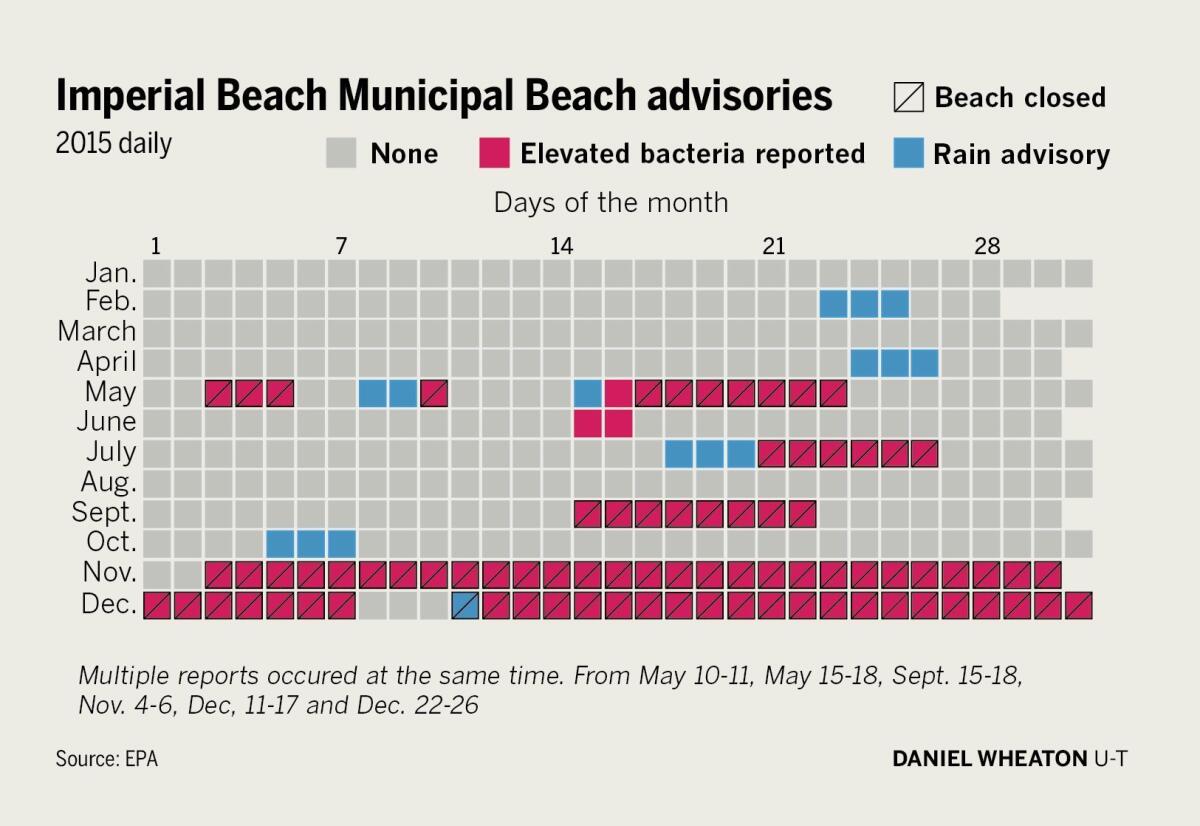
Areas of Mission Bay are also prone to long advisories. The beach near the Mission Bay Visitor's Center was under an elevated bacteria advisory for several months in 2015. There are several contributing factors: that part of the bay is so far inland that there is less water circulation than in other parts. Its proximity to the San Diego Freeway also makes it prone to runoff.
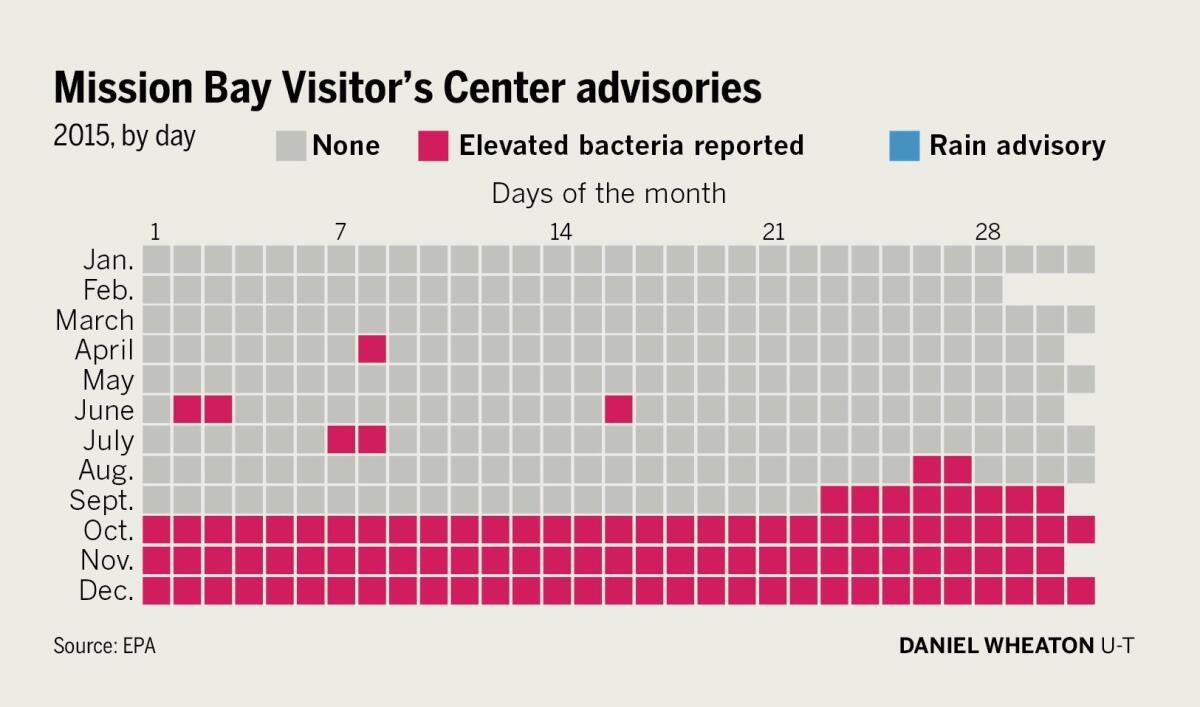
The beaches above are part of a class of area beaches that are prone to higher bacteria levels. The majority of beaches had less than ten elevated bacteria reports last year.

Methodology: Data was taken from the EPA's BEACON database, which also provided the data for the interactive map. Not all beaches in San Diego County were present in the database, such as those under the jurisdiction of the military.

